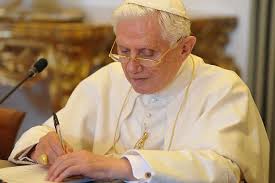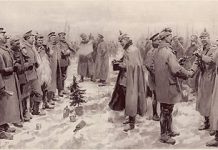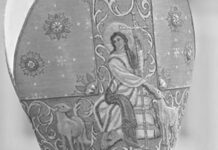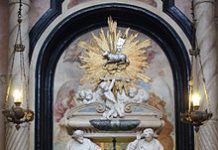BENEDICT XVI
GENERAL AUDIENCE
Paul VI Audience Hall
Wednesday, 30 August 2006
Matthew
Dear Brothers and Sisters,
Continuing the series of portraits of the Twelve Apostles that we began a few weeks ago, let us reflect today on Matthew. To tell the truth, it is almost impossible to paint a complete picture of him because the information we have of him is scarce and fragmentary. What we can do, however, is to outline not so much his biography as, rather, the profile of him that the Gospel conveys.
In the meantime, he always appears in the lists of the Twelve chosen by Jesus (cf. Mt 10: 3; Mk 3: 18; Lk 6: 15; Acts 1: 13).
His name in Hebrew means “gift of God”. The first canonical Gospel, which goes under his name, presents him to us in the list of the Twelve, labelled very precisely: “the tax collector” (Mt 10: 3).
Thus, Matthew is identified with the man sitting at the tax office whom Jesus calls to follow him: “As Jesus passed on from there, he saw a man called Matthew sitting at the tax office; and he said to him, “Follow me’. And he rose and followed him” (Mt 9: 9). Mark (cf. 2: 13-17) and Luke (cf. 5: 27-30), also tell of the calling of the man sitting at the tax office, but they call him “Levi”.
To imagine the scene described in Mt 9: 9, it suffices to recall Caravaggio’s magnificent canvas, kept here in Rome at the Church of St Louis of the French.
A further biographical detail emerges from the Gospels: in the passage that immediately precedes the account of the call, a miracle that Jesus worked at Capernaum is mentioned (cf. Mt 9: 1-8; Mk 2: 1-12) and the proximity to the Sea of Galilee, that is, the Lake of Tiberias (cf. Mk 2: 13-14).
It is possible to deduce from this that Matthew exercised the function of tax collector at Capernaum, which was exactly located “by the sea” (Mt 4: 13), where Jesus was a permanent guest at Peter’s house.
On the basis of these simple observations that result from the Gospel, we can advance a pair of thoughts.
(To continue reading, please go to the Vatican webpage here)












